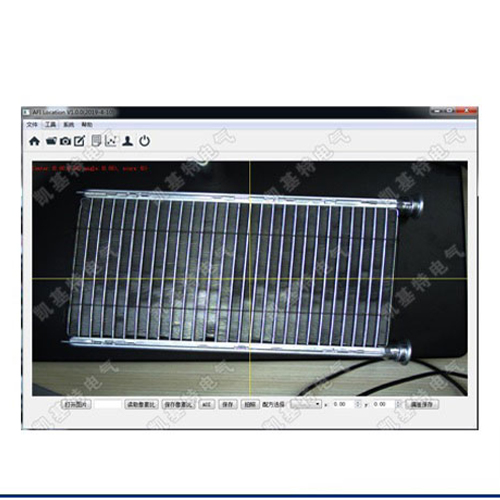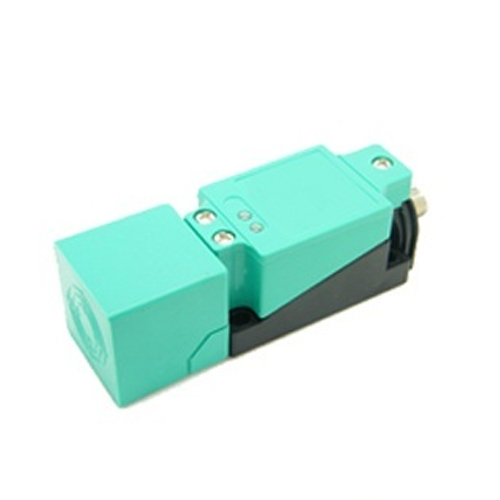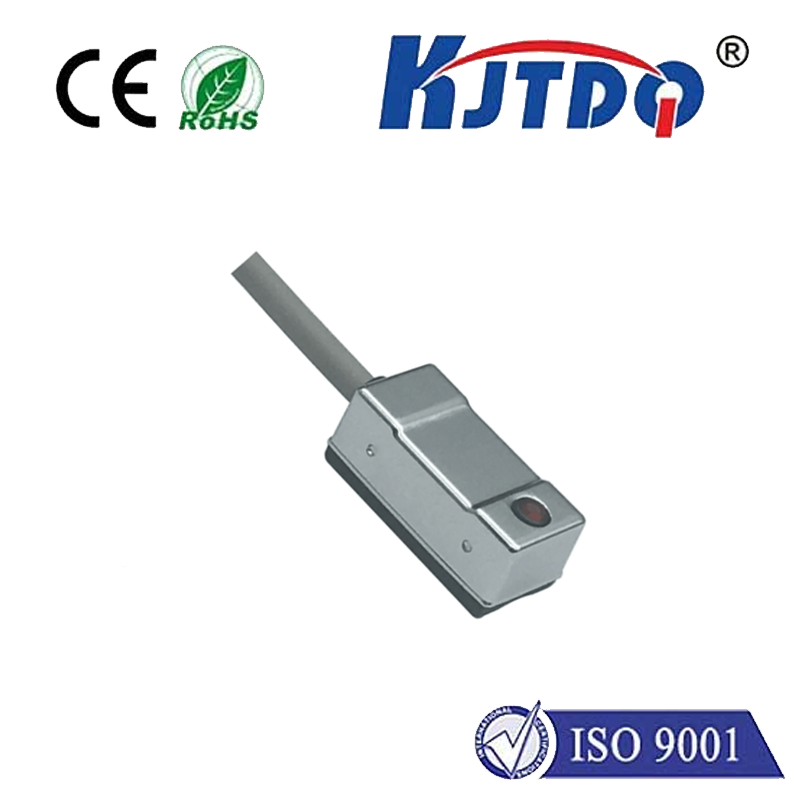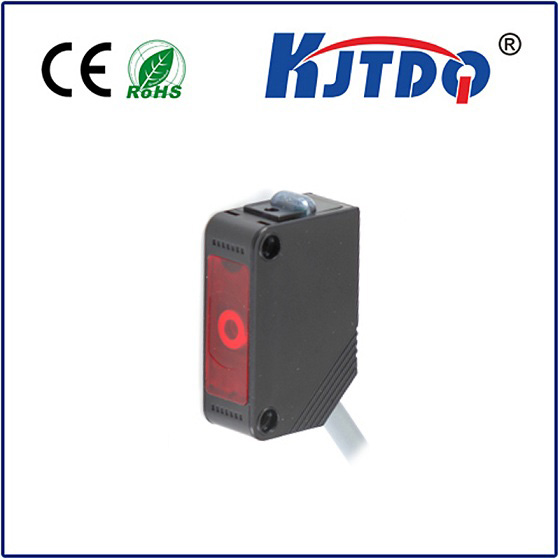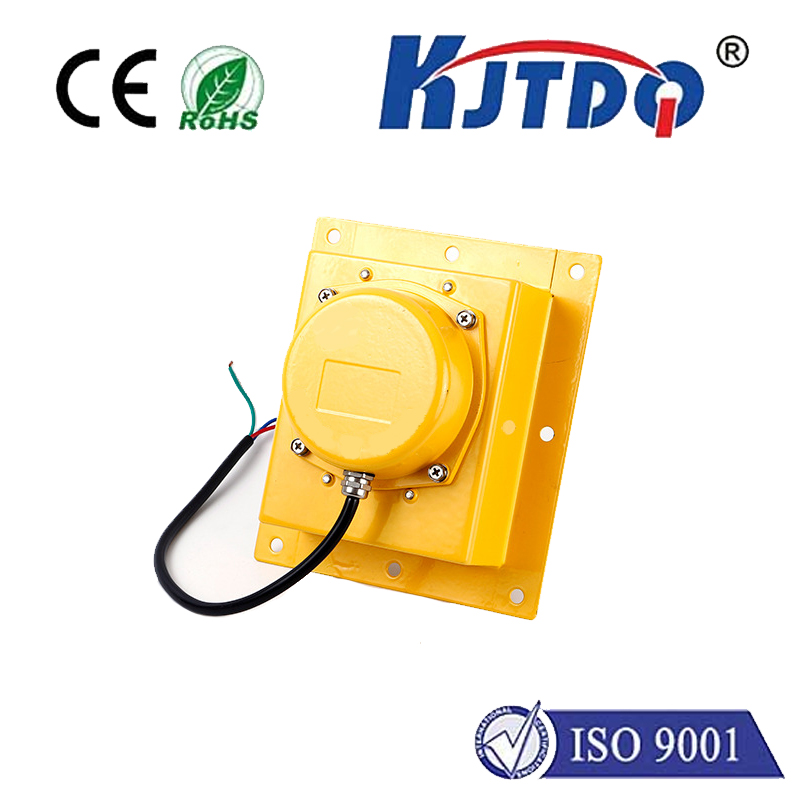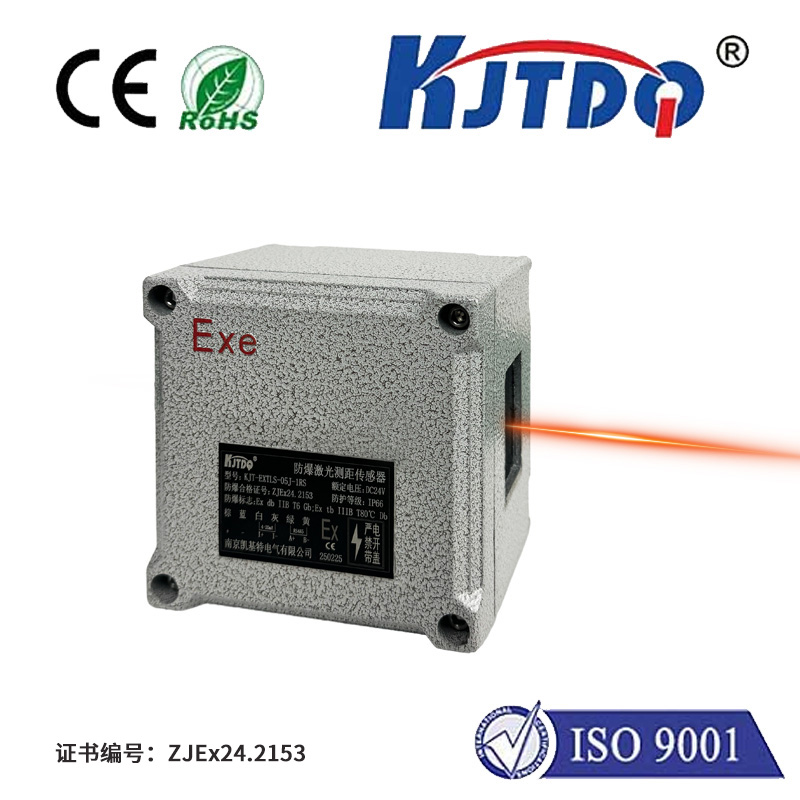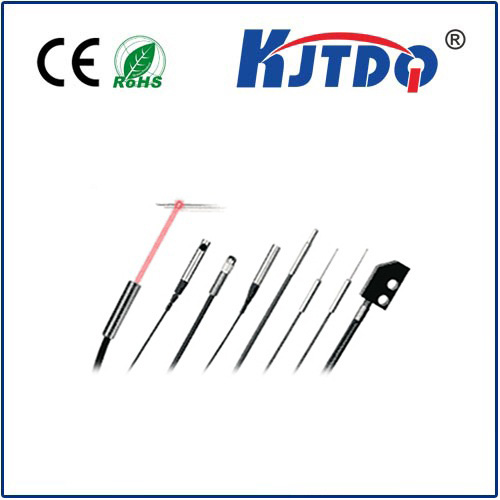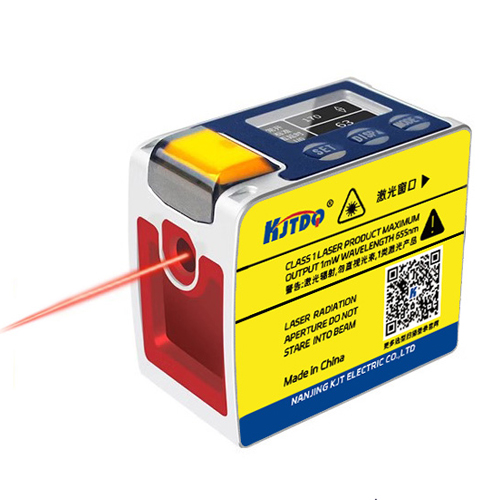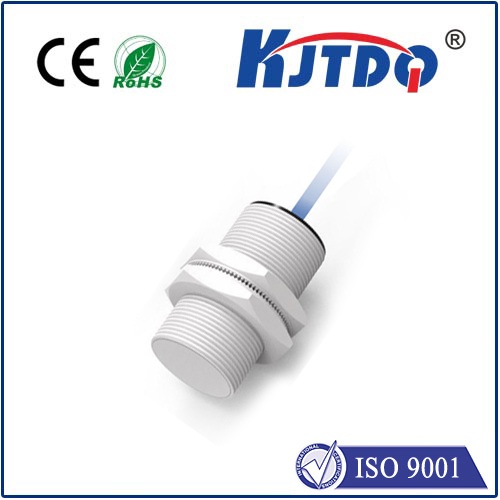laser air quality sensor
- time:2025-08-29 01:19:30
- Click:0
Laser Air Quality Sensors: Revolutionizing Environmental Monitoring with Precision Technology
How often do you wonder about the invisible air you breathe indoors and outdoors? What unseen particles or gases might be swirling around you? Traditional air quality monitoring has often been cumbersome, slow, or lacked the granularity needed for truly actionable insights. Enter the laser air quality sensor – a technological leap transforming our ability to understand and manage the air we breathe with unprecedented accuracy and speed.
Beyond Guesswork: The Power of Laser Light
At its core, a laser air quality sensor utilizes highly focused beams of light – lasers – to detect and measure airborne contaminants. Unlike simple resistive sensors or older optical methods, laser-based technology offers significant advantages. The fundamental principle often involves light scattering: as particles pass through the intense laser beam, they scatter light in specific patterns and intensities.

- Particle Detection (PM1, PM2.5, PM10): The most common application. Sophisticated optical components and algorithms analyze the scattered light signals. The pattern and intensity of this scattering directly correlate to the size and concentration of particulate matter (PM). This allows these sensors to precisely distinguish between fine PM1 and PM2.5 particles (linked to deep lung penetration and serious health risks) and coarser PM10 particles. Real-time, size-resolved particle counting is a key strength.
- Gas Detection (Specific Models): While primarily known for particles, certain advanced laser air quality sensors employ techniques like Tunable Diode Laser Absorption Spectroscopy (TDLAS). Here, a laser beam tuned to a specific wavelength passes through an air sample. Target gas molecules (like CO2, CH4, NH3) absorb characteristic wavelengths of the laser light. By measuring the attenuation of the laser beam, the sensor can quantify the concentration of that specific gas with high selectivity and sensitivity.
Why Laser Sensors Are a Game-Changer for Air Monitoring
The shift towards laser-based air quality sensors isn’t just a tech trend; it’s driven by tangible, significant benefits:
- Unmatched Precision & Accuracy: Laser particle sensors provide far more accurate particle counts and size differentiation compared to older, less expensive optical methods. This is critical for health assessments and regulatory compliance where PM2.5 levels are of paramount concern. Gas detection via TDLAS is highly specific, minimizing cross-sensitivity to interfering gases.
- Real-Time Data Acquisition: Continuous data collection happens within seconds. This offers immediate feedback on air quality changes – whether it’s a spike in PM from cooking, a rise in CO2 in a crowded meeting room, or detecting an industrial leak. Traditional methods often involve slow laboratory analysis.
- High Sensitivity: Laser sensors can detect very low concentrations of particles and gases, crucial for identifying subtle pollution sources or ensuring indoor environments meet stringent health standards. They effectively measure microscopic pollutants invisible to the naked eye.
- Low Maintenance & Long Lifespan: With no moving parts directly interacting with the sample air (in most designs) and stable laser diodes, these sensors boast impressive durability and require minimal maintenance compared to electrochemical or older optical sensors which can drift or degrade faster.
- Compact Size & Integration Potential: Modern semiconductor laser technology enables the design of surprisingly small and robust sensors. This facilitates their integration into a vast array of applications, from tiny wearable devices and smart home systems to sophisticated industrial monitors and dense urban sensing networks.
Bringing Clarity to Diverse Environments: Applications Abound
The versatility of laser air quality sensor technology is driving adoption across numerous sectors:
- Smart Homes & Buildings: Integrated into HVAC systems, air purifiers, and standalone monitors like smart thermostats, providing residents and building managers with real-time insights to optimize ventilation, control purification, and ensure healthy indoor air quality (IAQ). Tracking CO2 levels helps manage ventilation efficiency and occupant comfort.
- Industrial Hygiene & Safety: Monitoring workplace air for hazardous dusts (silicosis prevention), fumes (welding), or toxic gases (CO, H2S, NH3) in real-time protects worker health and ensures compliance with OSHA and other safety regulations. Laser-based sensors offer reliable, instantaneous alerts.
- Environmental Monitoring Networks: Cities and environmental agencies deploy networks of laser-based sensors to track urban air pollution (PM2.5, Ozone precursors, NO2 - via specific sensors), identify pollution hotspots, model dispersion, and inform public health advisories with far greater spatial and temporal resolution than traditional stations.
- Clean Rooms & Laboratories: Maintaining ultra-low particle counts is critical in semiconductor manufacturing, pharmaceuticals, and biomedical research. Laser particle counters are the industry standard for continuous monitoring and validation of air cleanliness (ISO Class standards).
- Automotive & Transportation: Monitoring cabin air quality for pollutants entering from outside or generated internally (e.g., off-gassing), enabling automatic air recirculation control. Also used in engine emissions testing and development.
- Research & Development: Providing precise, high-frequency data for atmospheric studies, climate research, material science, and the development of new pollution control technologies.
The Future is Clear: Continual Refinement and Broader Horizons
Laser air quality sensor technology is not static. Ongoing research focuses on:
- Cost Reduction: Making high-precision laser sensors more affordable for even wider consumer and municipal applications.
- Miniaturization & Power Efficiency: Enabling deployment in smaller, battery-powered, and even mobile platforms like drones or wearables.
- Multi-Parameter Sensing: Integrating the detection of multiple pollutants (different particle sizes + specific gases) within a single, compact sensor unit. Advancements in laser source technology and algorithms are key here.
- Enhanced Selectivity & Range: Improving the detection capabilities for a broader spectrum of specific volatile organic compounds (VOCs) and trace gases at even lower concentrations.
The laser air quality sensor has evolved from a specialized laboratory instrument to a cornerstone of modern environmental and health monitoring. By harnessing the precision of focused light, it cuts through the ambiguity surrounding air pollution, delivering the accurate, real-time data we desperately need to safeguard our health, optimize our environments, and make informed decisions for a cleaner future. As technology advances and costs decrease, the penetration of these powerful sensing tools into our daily lives and infrastructure will only deepen, making the invisible quality of our air transparently knowable.






